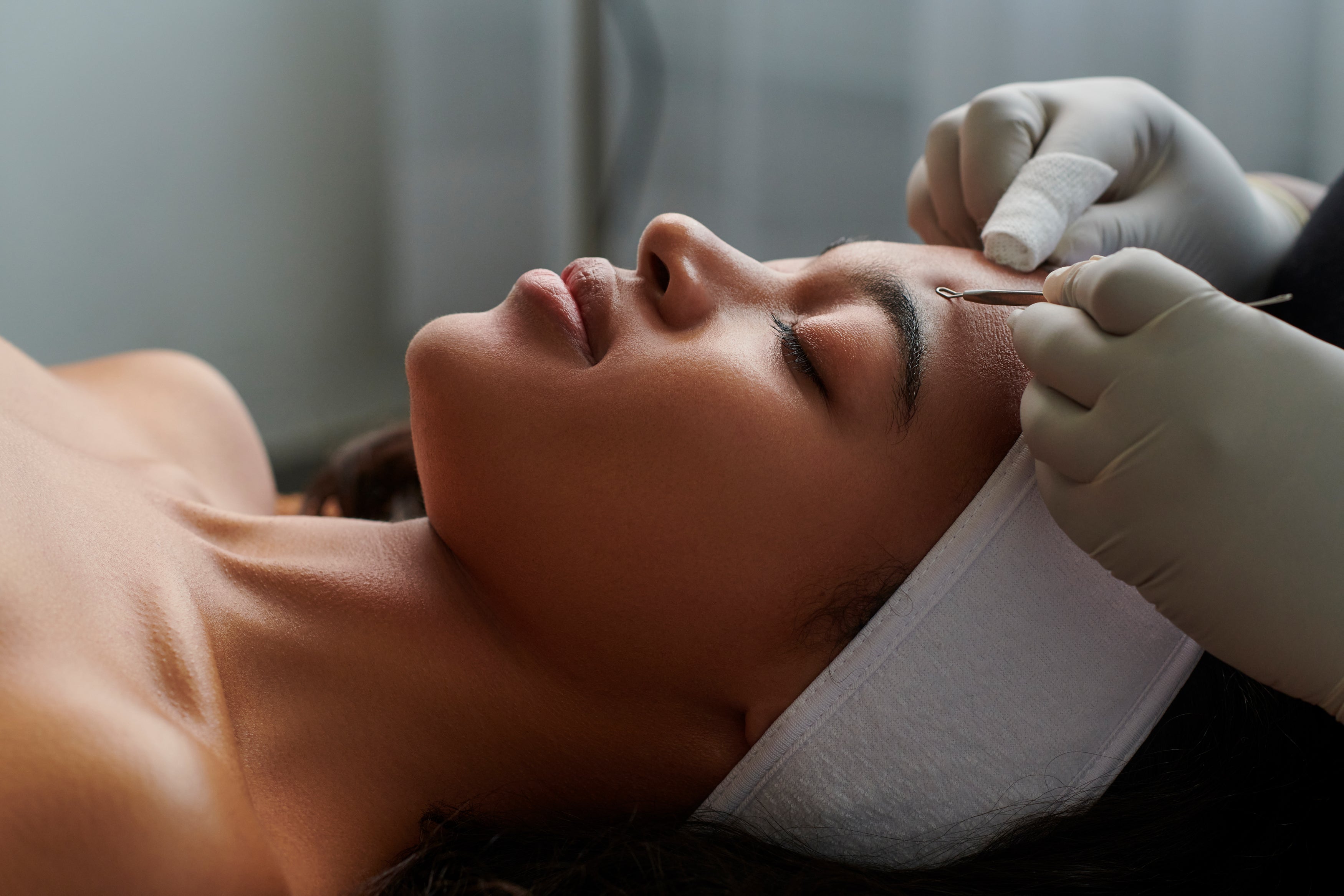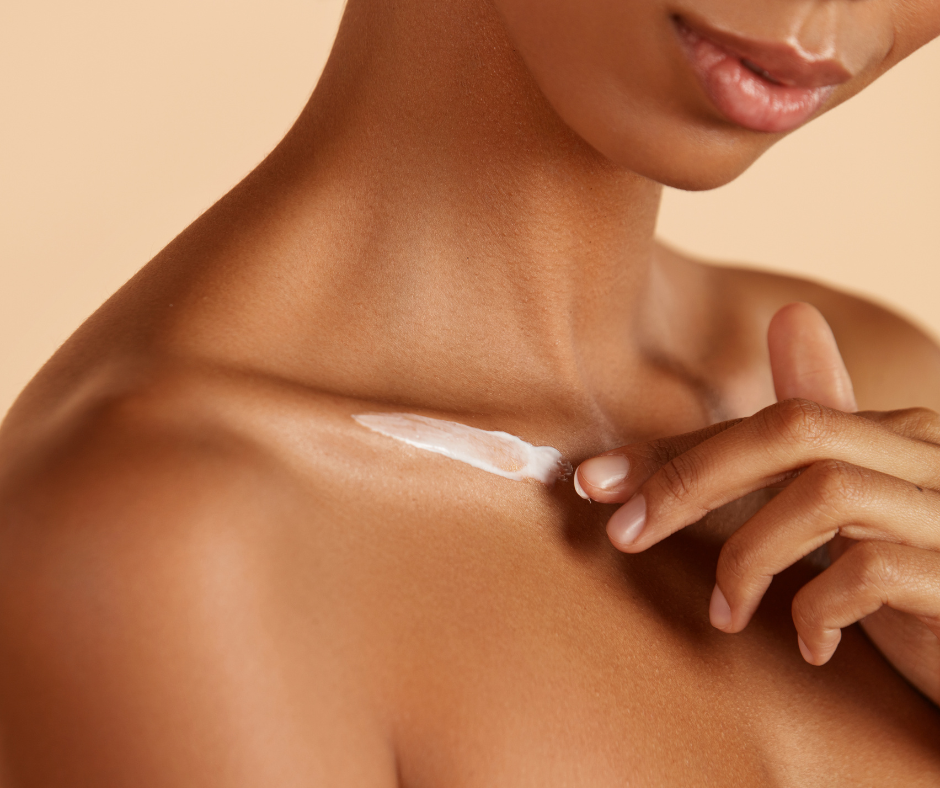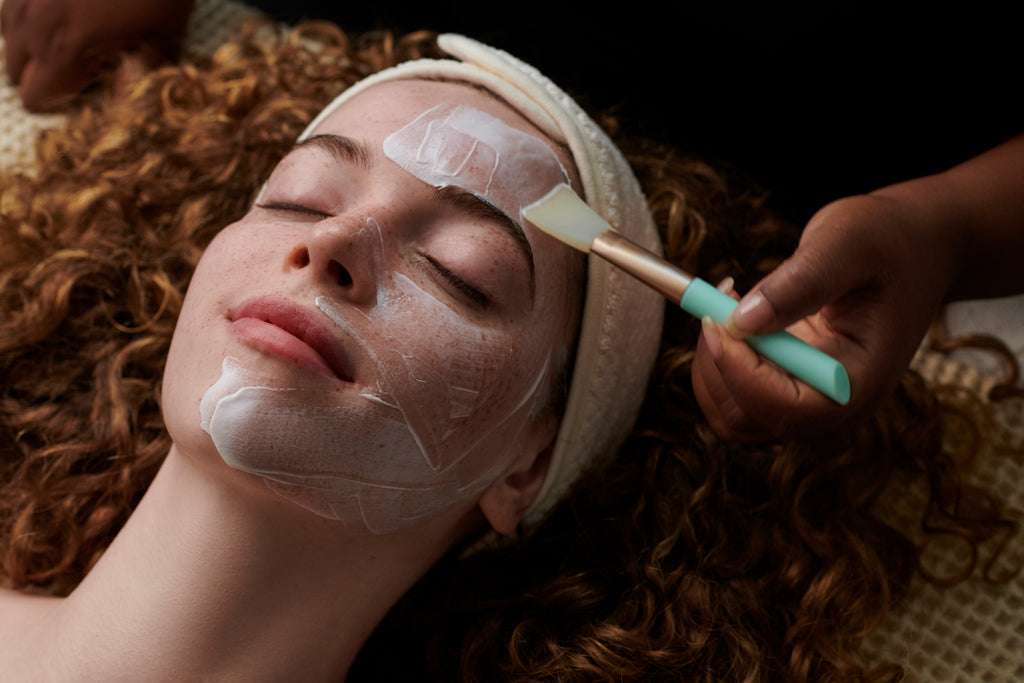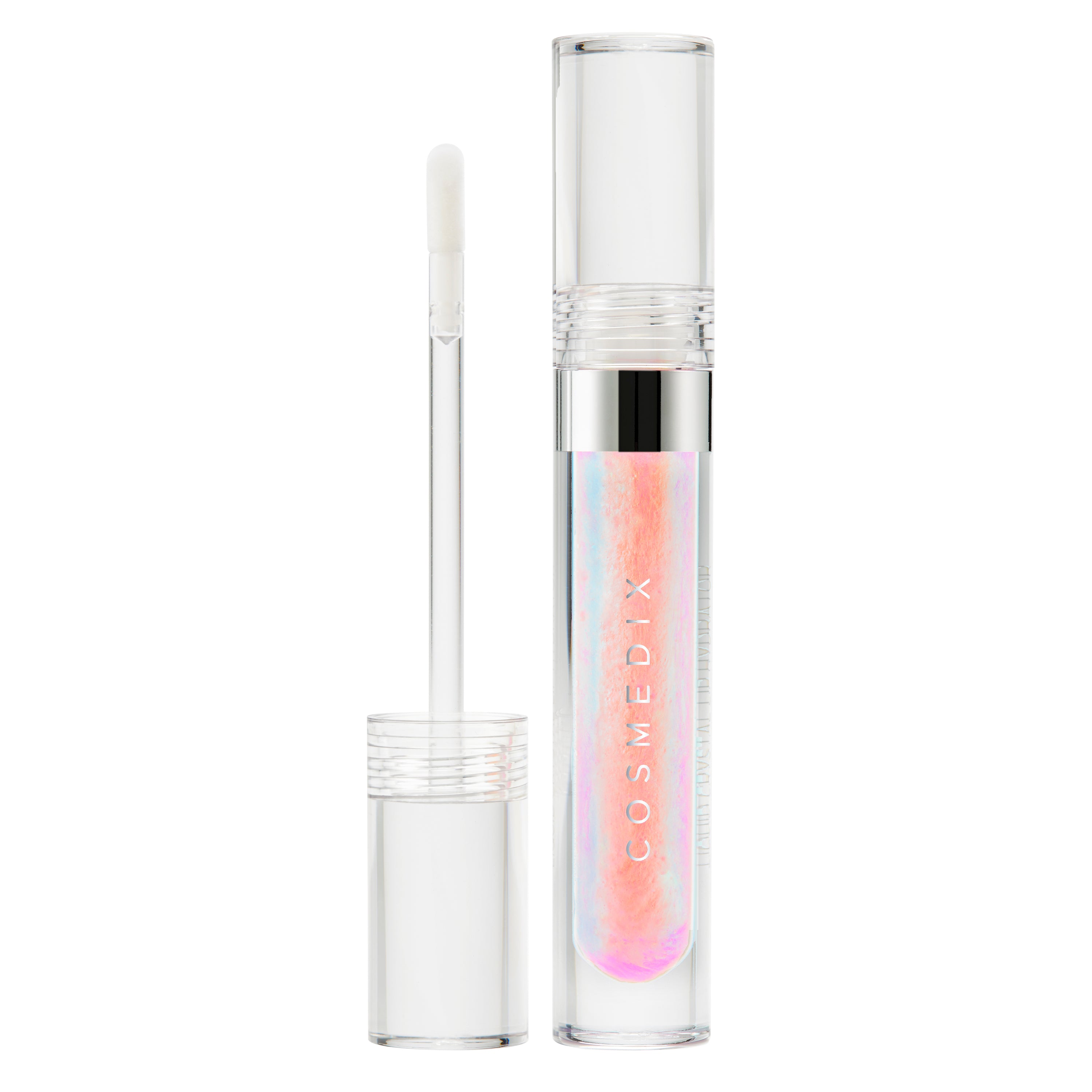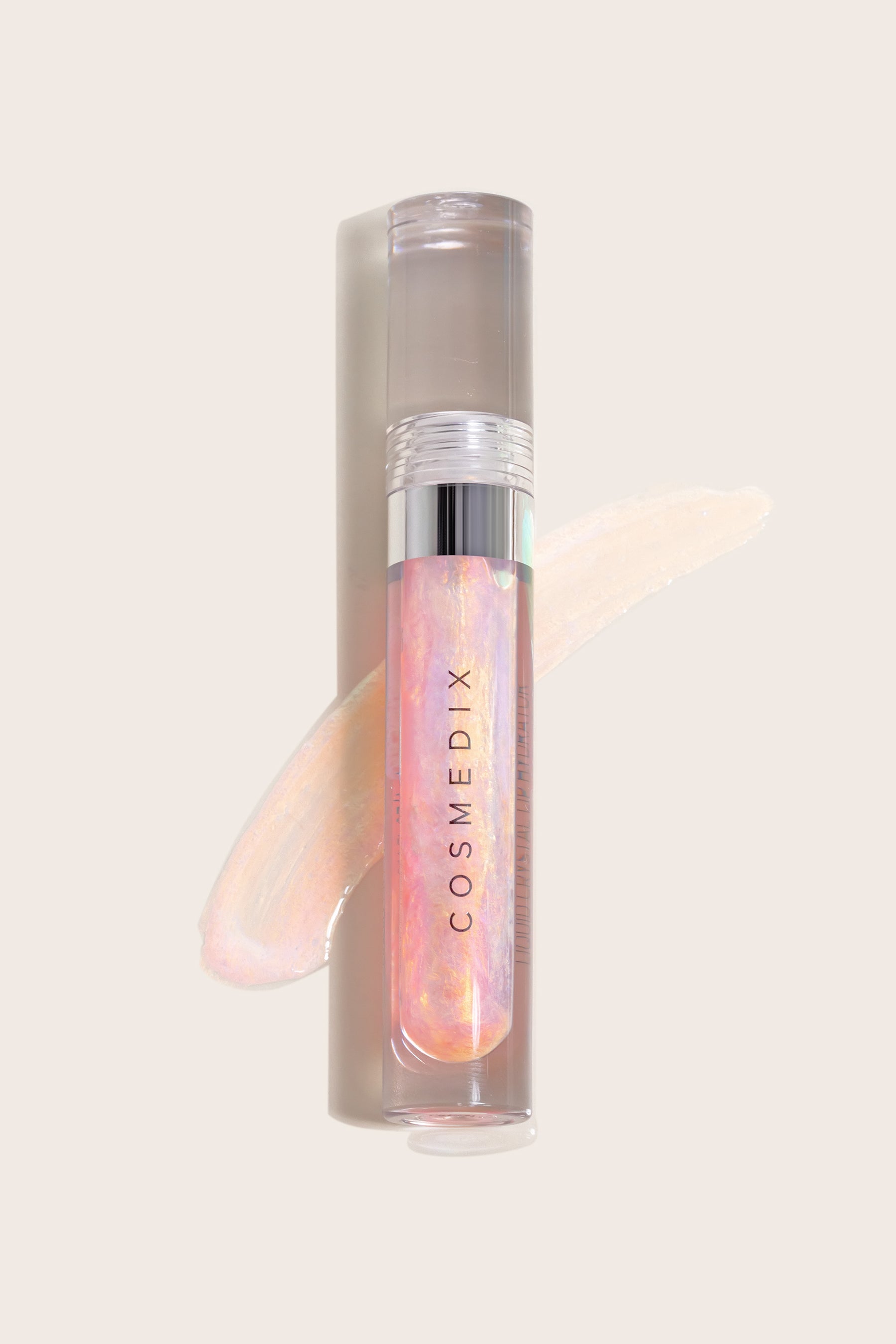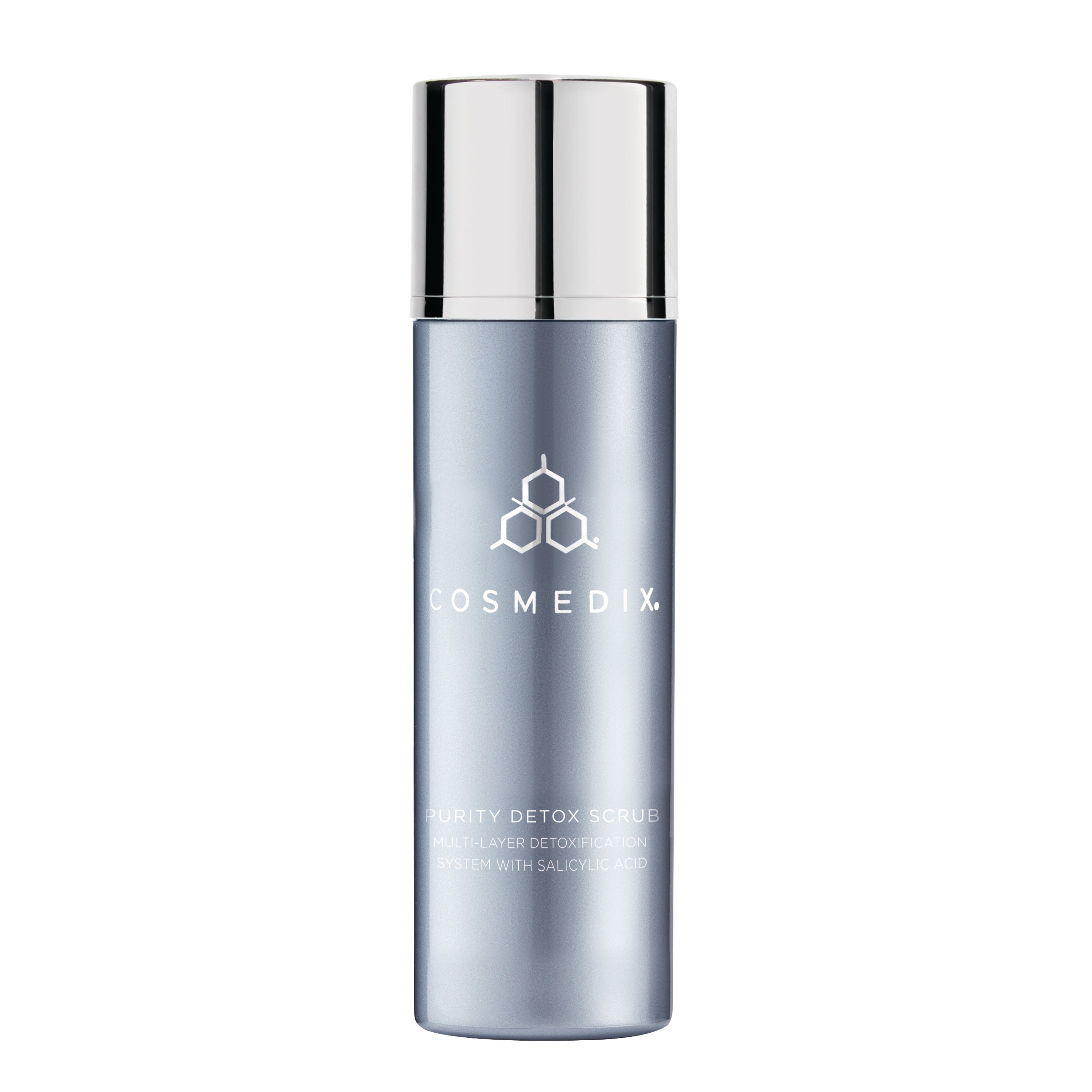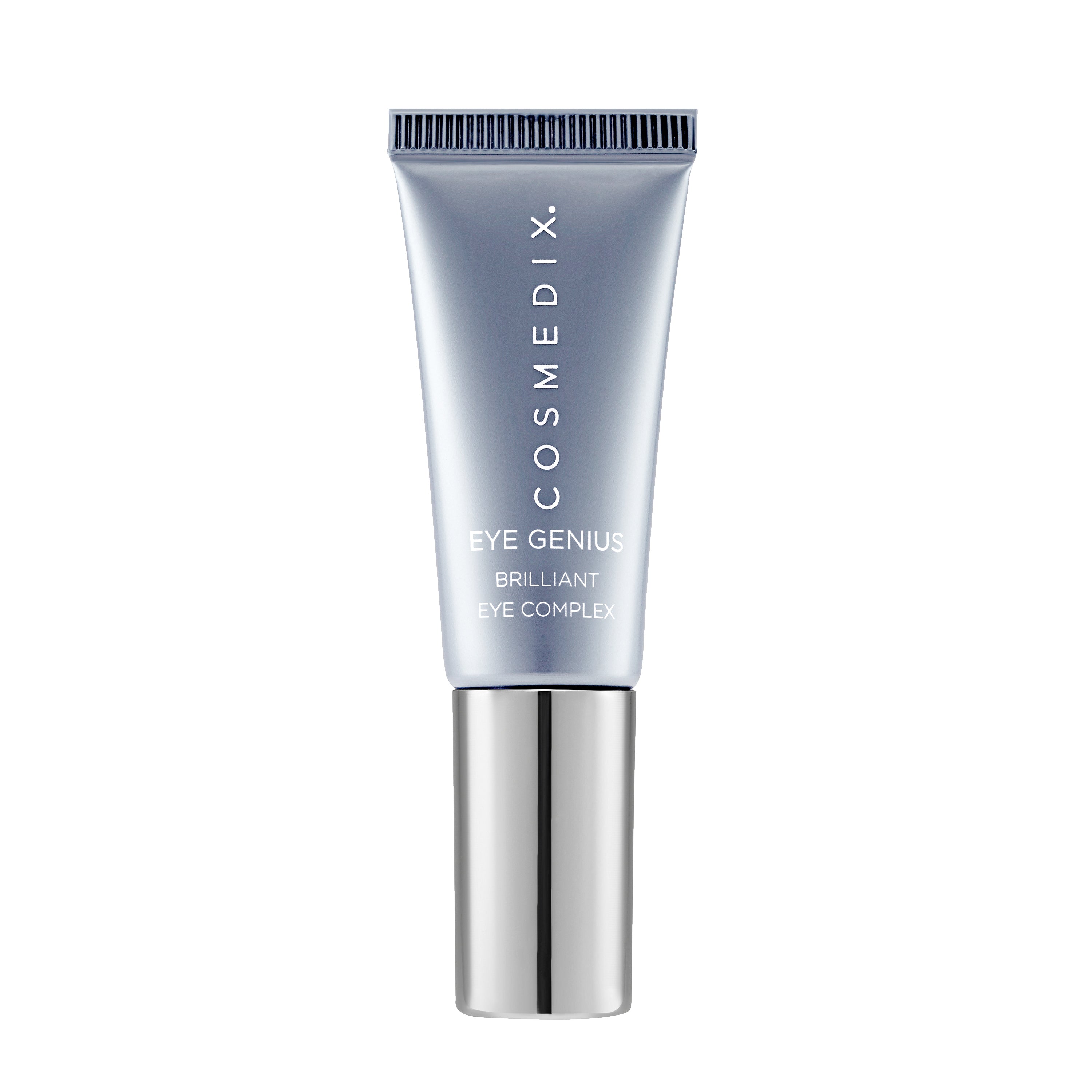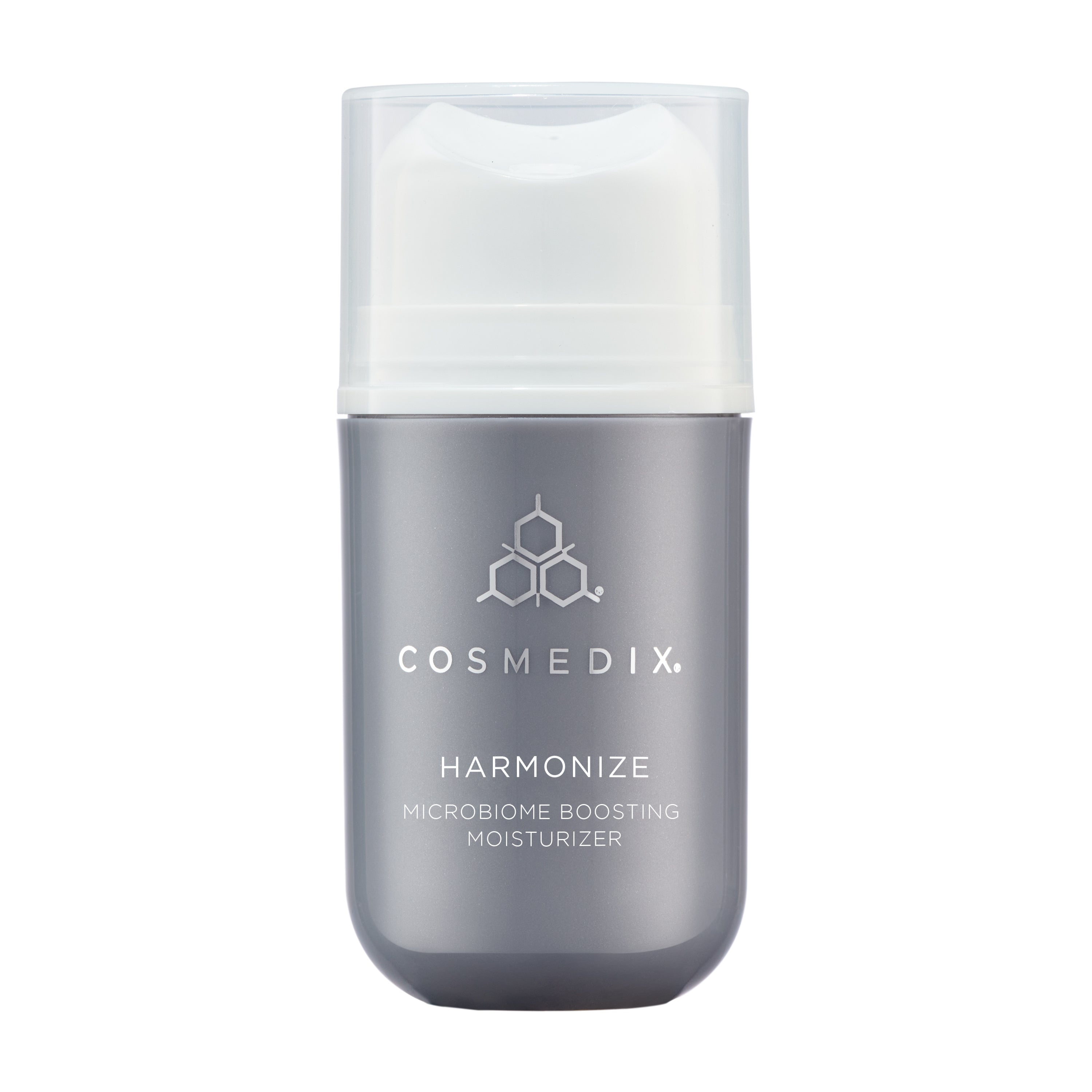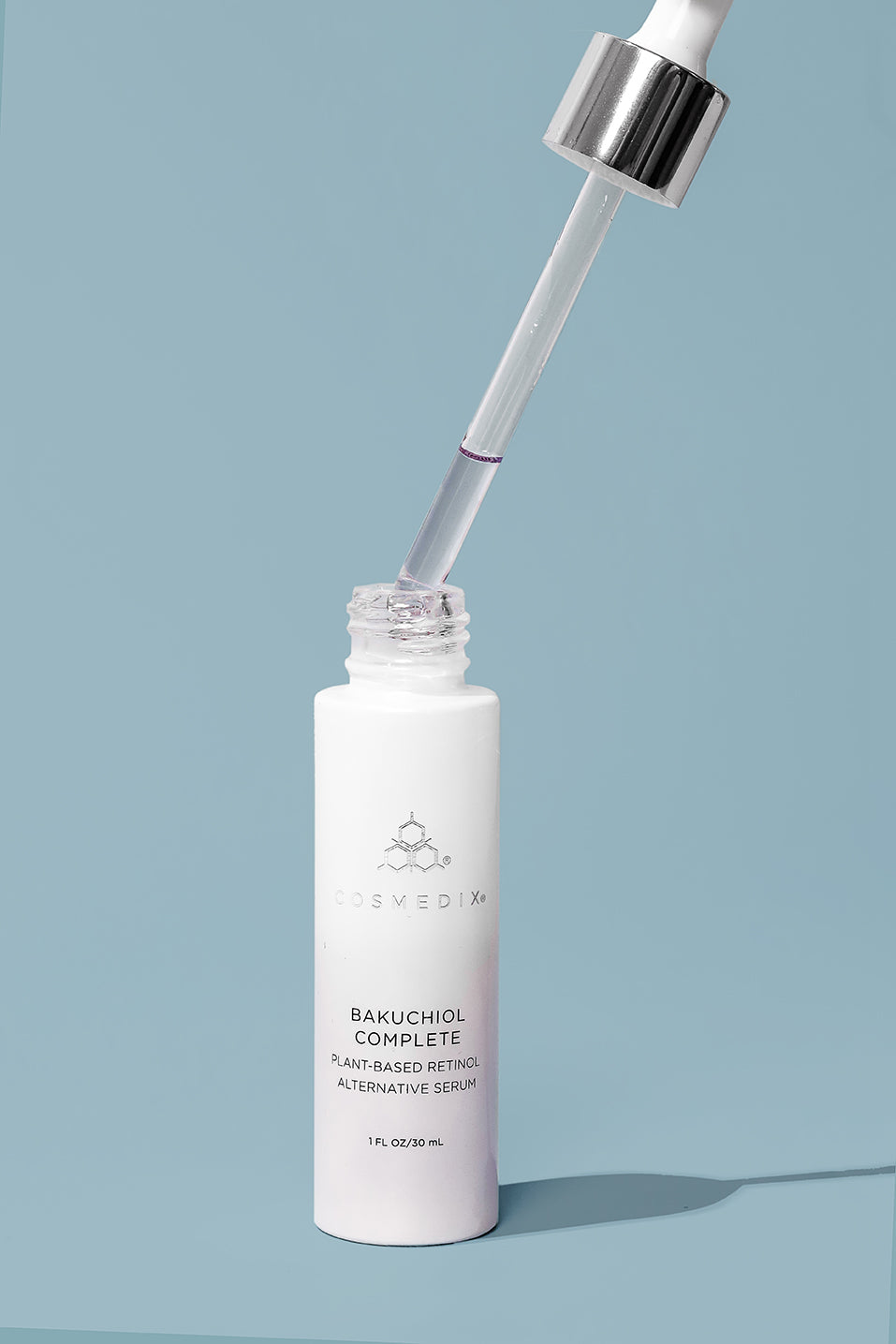
Chemical Peels: Expectation vs. Reality

Chemical peels can sound a bit daunting. When you hear the term, images of burning, peeling, and shedding often come to mind. But fear not! With modern formulations, these concerns are much less common than you might imagine. Let’s dive into how to prep for a chemical peel and what you can realistically expect from the process.Tip from the Collective: Try adding a mini peel on to your next facial to help prep your skin for more intense professional peels! Book here.
What is a Chemical Peel?
At its core, a chemical peel involves applying a solution to the skin that helps exfoliate and boost collagen production. The formulations usually contain keratolytics—think glycolic acid, lactic acid, salicylic acid—as well as enzymes or plant extracts. The strength of the peel is determined by its specific ingredients and concentrations.
- Superficial Peels: These often use lower concentrations of chemical exfoliants and results in a glowy complexion with little to no downtime.
- Milder Peels: These might require some preparation and can cause minimal flaking post-treatment, depending on your skin's tolerance.
- Vigorous Peels: These are more concentrated and could lead to noticeable peeling. Proper prep is essential to ensure your skin can handle the intensity.
How to Prep and Why
Prepping for a chemical peel is crucial for maximizing results and minimizing side effects. Here’s what you need to know:
- Consultation: Always start with a consultation with your skincare provider. They’ll assess your skin type, current routine, and desired results.
- Prep Period: This can last anywhere from 2 to 6 weeks, during which you may be advised to use specific products. Common recommendations include:
- Keratolytics: Helps enhance exfoliation.
- Antioxidants/Collagen Support: Boosts skin health and recovery.
- Retinol: Prepares the skin for better treatment penetration.
What to Expect?
Now, let’s talk about expectations. Here’s the reality check on what happens after a chemical peel:- Minimal Flaking: Even with vigorous peels, you might only experience slight flaking. This is often due to increased cell turnover during the prep phase, leading to a more subtle change post-treatment.
- Consultation and Home Care: Your journey will likely begin with a thorough consultation and a few home care products, followed by a series of 3-5 treatments to achieve optimal results.
- Healthy Skin: Our goal is to maintain the health of your skin barrier throughout the process. Your provider will guide you on how to preserve results and avoid the pitfalls of aggressive treatments... often glorified on social media and Tiktok.



